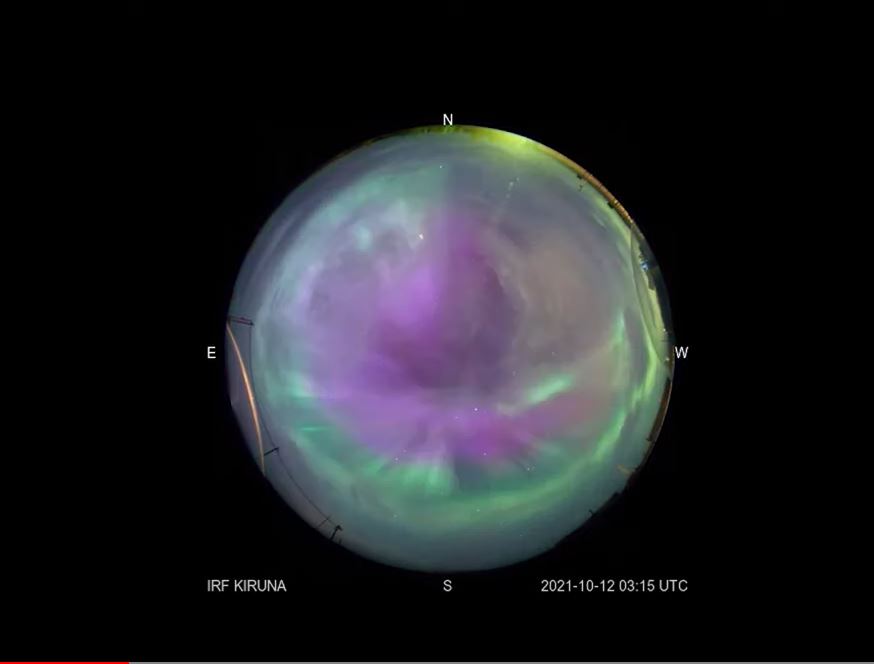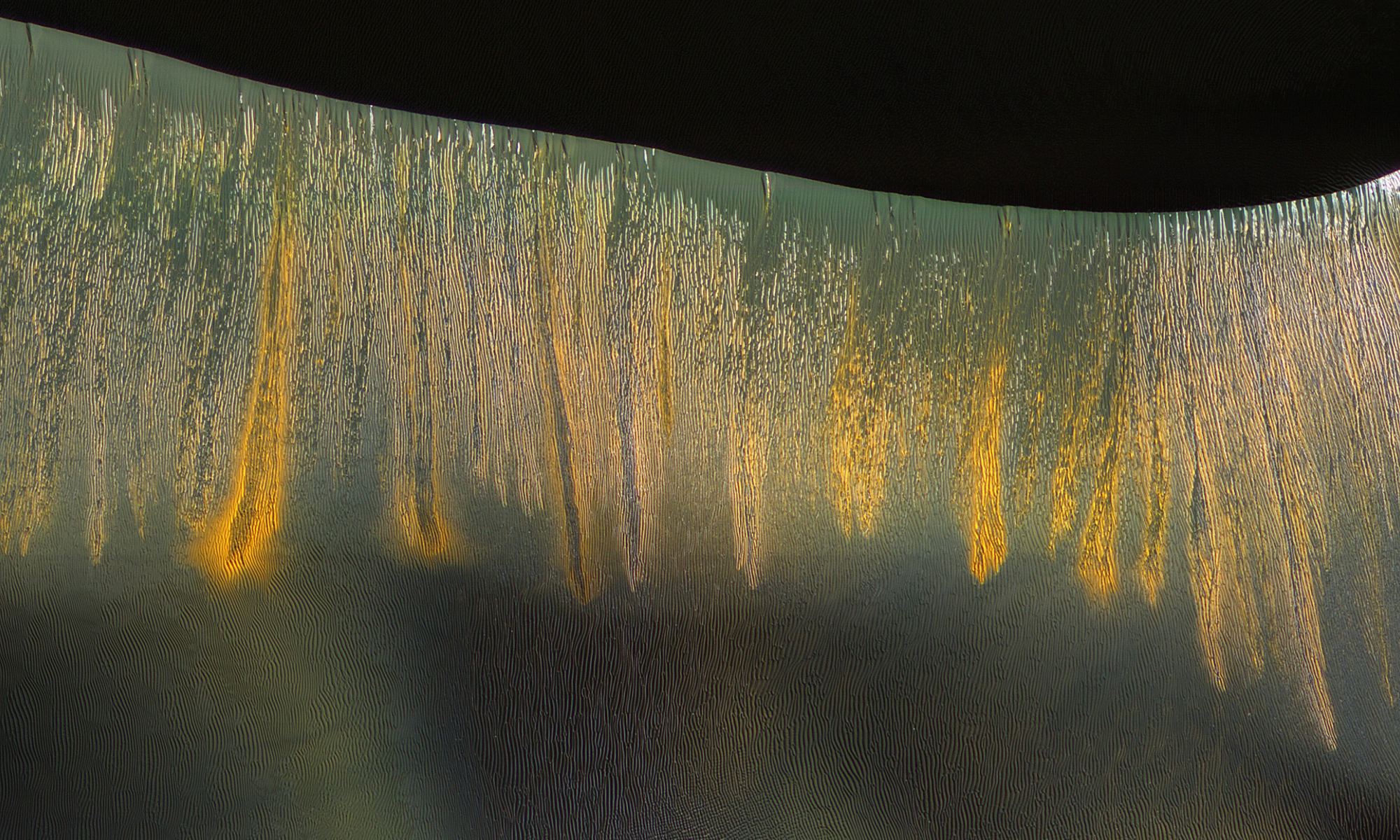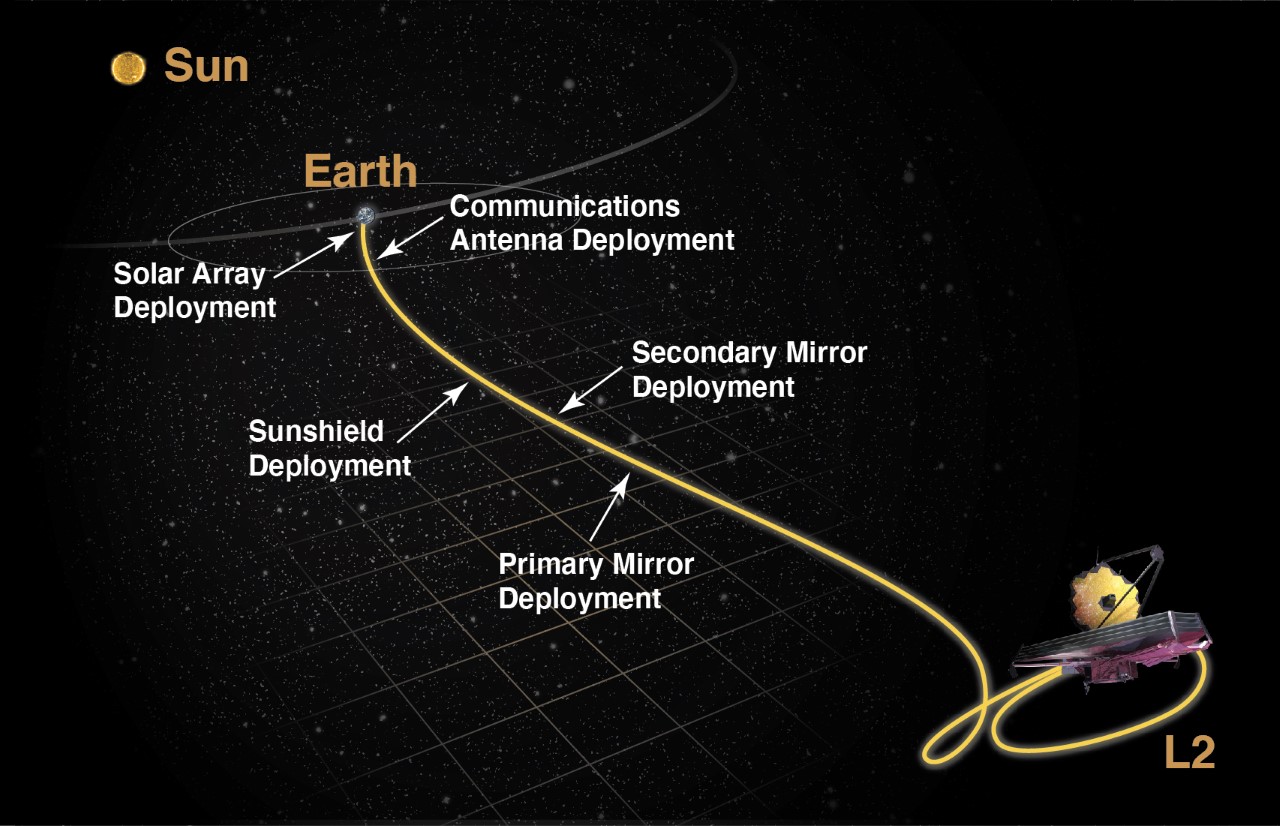We’ve written often about how pareidolia — the human tendency to see faces or other features in random images — works its magic across the cosmos. There’s the famous face on Mars, Bigfoot on Mars, and even Han Solo on Mercury.
But now, just in time for Halloween, here’s a monster in a picture from the Spitzer Space Telescope. One astronomer sees Godzilla … or is it Cookie Monster?
Continue reading “Apparently, This Nebula Looks Like Godzilla. Do you see it?”









